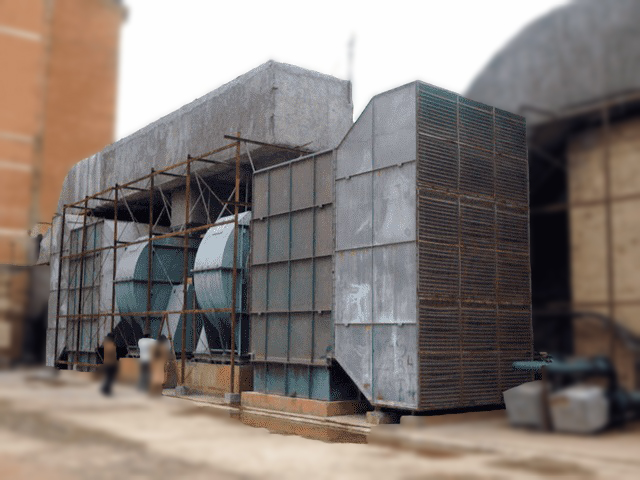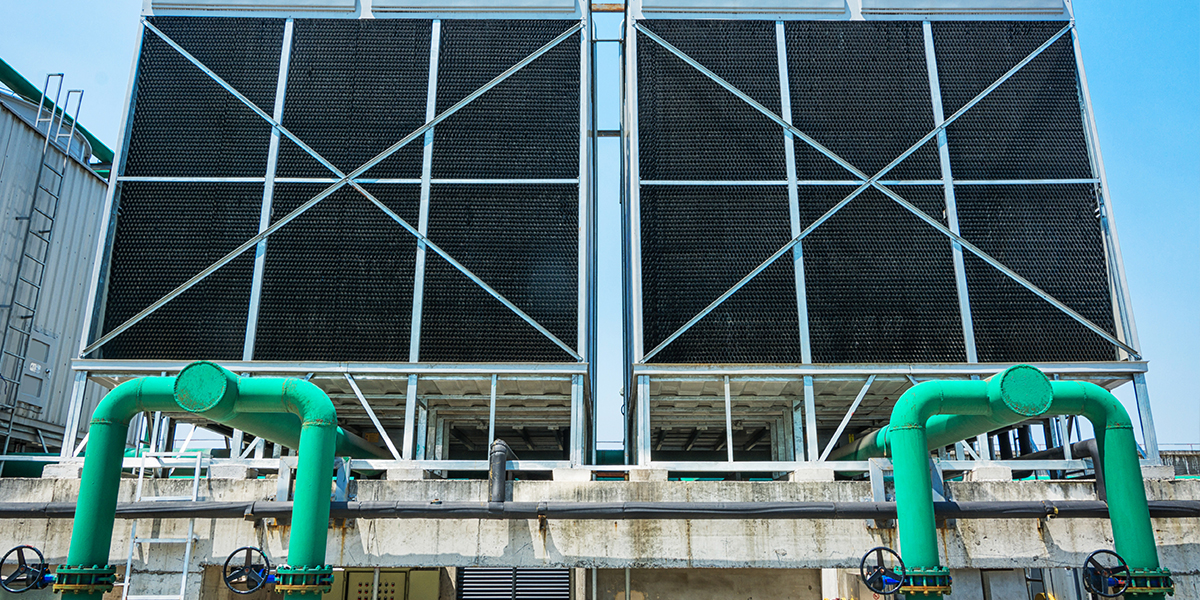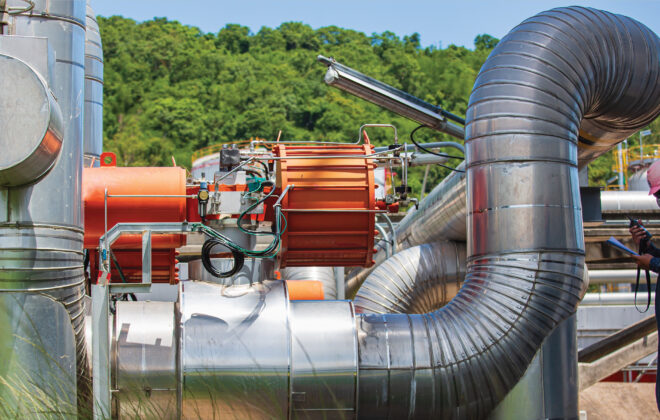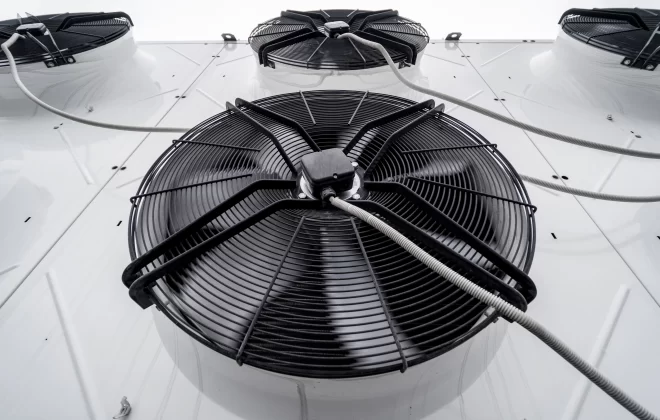3 Important Benefits of the SYMBIOSIS Evaporative Cooling Systems
What is the Symbiosis Evaporative Cooling Systems?
The Symbiosis evaporative cooling system is a type of air conditioning system that uses the process of evaporation to cool air. It works by drawing warm, dry air into the system and passing it over water-saturated pads or media, causing the water to evaporate and cool. The cooled air is then circulated back into the room or building, providing a natural and energy-efficient way to lower the temperature.

Here are 3 benefits of the Symbiosis Evaporative Cooling System
1. A Positive Impact on the Environment
The Symbiosis evaporative cooling systems can positively impact the Environment in several ways. Because they do not rely on refrigerants to cool the air, they do not contribute to releasing greenhouse gases, which are a major contributor to climate change. Additionally, evaporative cooling systems use significantly less energy than traditional air conditioning systems, making them more energy efficient and reducing the overall carbon footprint of the building or home.
The evaporative cooling systems can provide a natural and environmentally friendly alternative to traditional air conditioning systems. They also offer economic advantages and help to reduce energy consumption and greenhouse gas emissions.
2. Easy Maintenance and Operation
Symbiosis evaporative cooling systems are generally known for their easy maintenance and operation. Because they do not rely on refrigerants or complex mechanical components, they are typically easier to maintain than traditional air conditioning systems.
The main maintenance requirements for symbiosis evaporative cooling systems include the following:
- Cleaning or replacing the water-saturated pads or media used to cool the air. These pads or media should be regularly cleaned or replaced to ensure that they are functioning properly and prevent bacteria or algae buildup.
- Checking and replacing the water pump, if necessary. The water pump is responsible for circulating water through the system and should be checked regularly to ensure it functions properly.
- Cleaning the system’s filters. The filters should be cleaned or replaced regularly to ensure that they are functioning properly and to prevent the build-up of dust and debris.
Overall, evaporative cooling systems are relatively easy to maintain and operate, making them a convenient and hassle-free option for cooling buildings and homes.
3. Keeps the Surrounding Humidity Low
The Symbiosis evaporative cooling systems are designed to disperse large volumes of moisture into the surrounding area as part of their cooling process. When warm, dry air is drawn into the system, it is passed over water-saturated pads or media. As the water evaporates, it cools the air and circulates back into the room or building. In this way, evaporative cooling systems can help to keep humidity levels low by dispersing moisture into the surrounding air.
It is important to note that evaporative cooling systems are most effective in dry, hot climates where the air is relatively low in humidity. In these conditions, the system can take advantage of the low humidity levels to evaporate water and cool the air more efficiently.
Overall, evaporative cooling systems can effectively disperse moisture into the surrounding area and help keep humidity levels low, particularly in dry, hot climates. A Review on Evaporative Cooling Technology By Researchgate.
Want more information about the Symbiosis evaporative cooling systems?
Talk to our experts today.
Tags In
Related Posts
Recent Posts
- Solving Ventilation Challenges in the Ceramic Industry with Symbiosis Blowerfab
- Commercial Kitchen Ventilation Systems: A Complete Guide for Restaurants
- 6 Ways Air Washer Systems Enhance Efficiency in Industrial Processes
- 6 Ways to Ensure Adequate Air Ventilation in Battery Manufacturing Industry
- 4 Ways Industrial Blowers and Fans Enhance Efficiency in Automotive Industry




